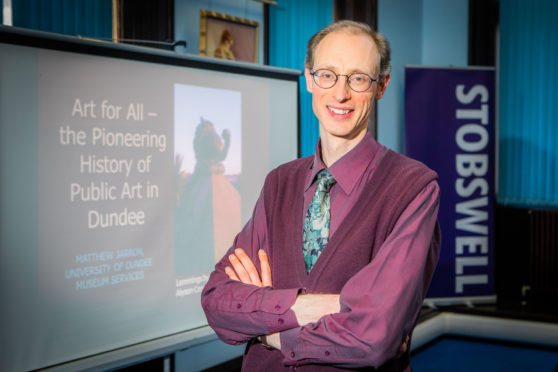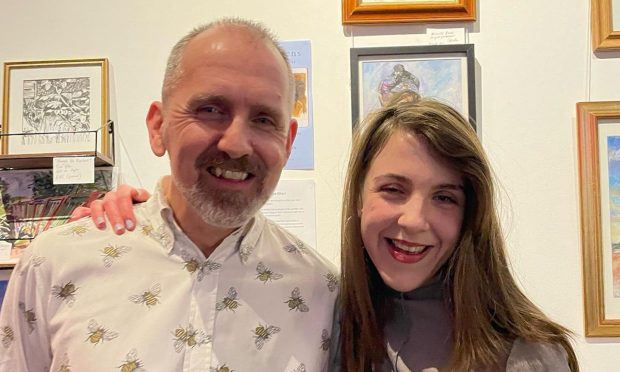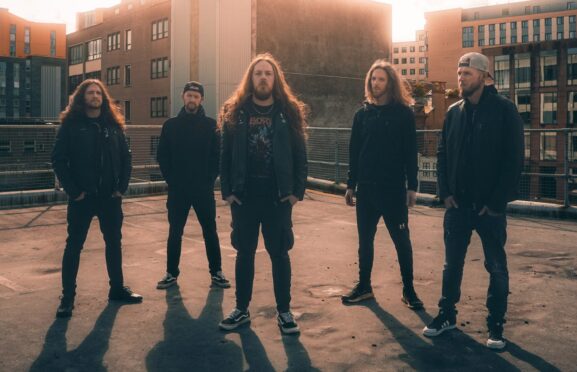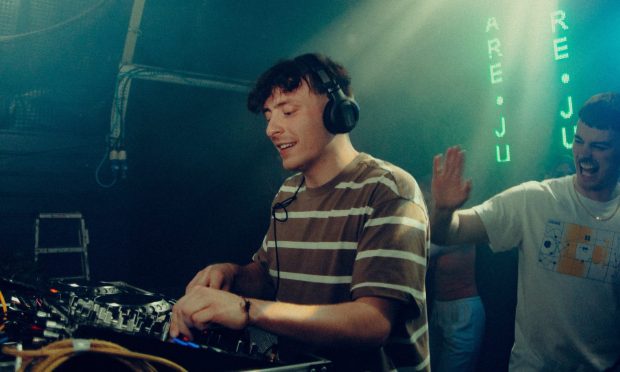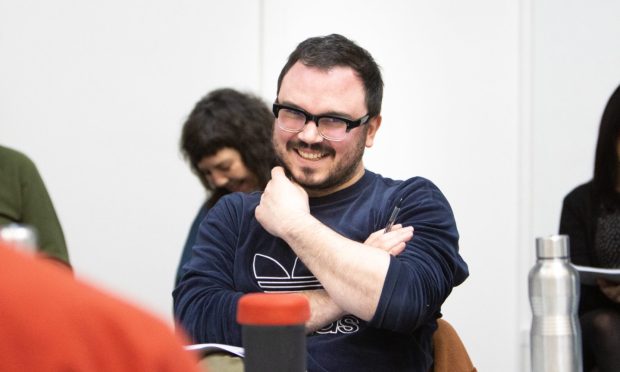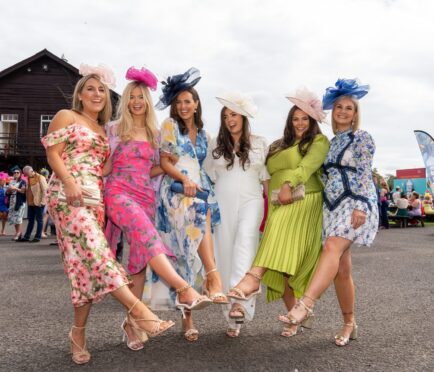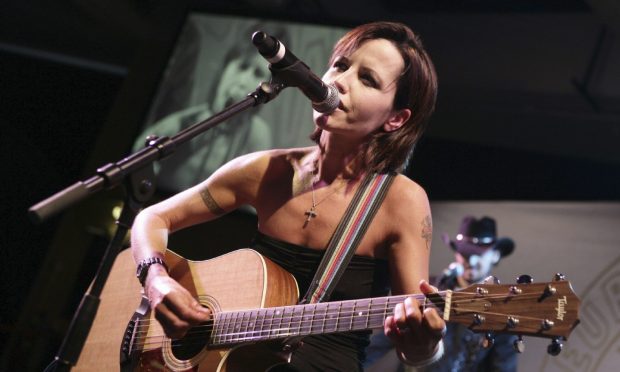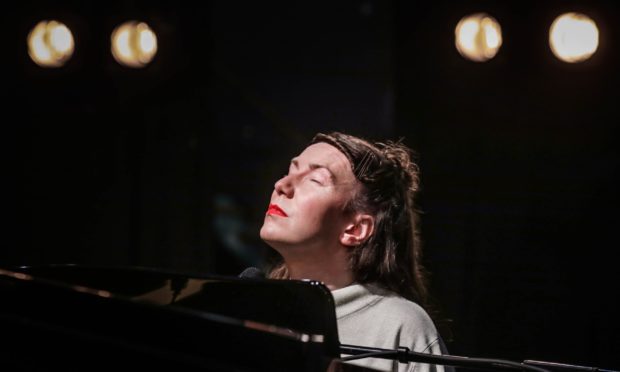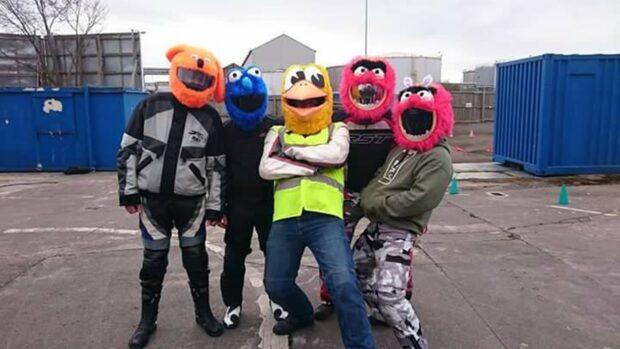An exhibition showcasing the “remarkable” history of public artwork in Dundee was launched this weekend.
Art for all: The Pioneering Story of Public Art in Dundee explores some of the 500 sculptures, murals, paintings and other pieces which have helped decorate the city for decades.
The exhibition showcases photographs of artworks past and present, as well as unique behind-the-scenes material such as models, design sketches and installation images.
Dundee University’s Museum Services has been leading a major project to research, catalogue and promote the city’s street art since 2018.
One project the exhibition focuses on is the history of the Blackness Public Art Programme, which was launched 1981.
A total of 16 projects were completed during the three-year programme, including Stanley Bonnar’s Ghost Dog and Shadow Trees at the Brown Street Kennels, and Keith Donnelly’s Saltire Award-winning ceramic panels on Bellfield Street.
It was seen as radical as it was the first time artists worked in collaboration with businesses, developers, council planners and architects to bring the area to life.
It also led to the Dundee Public Art Programme, which was the first city-wide programme of its kind in Scotland.
Matthew Jarron, the university’s curator of museum services, said it was noteworthy as it marked a first for art being used as an economic tool to regenerate a city.
He said: “Before the Blackness Programme there were only a few pieces of public art in Dundee, with the most notable examples being Victorian sculptures.
“The three-year programme was part of a wider scheme to improve the Blackness area and became the catalyst for the cultural change that is still ongoing in Dundee today.”
In addition to looking at the history of art in the city, the exhibition also explores present art projects, with the university working with several local groups.
Tours of public art will take place regularly throughout the exhibition’s run, with different tours available across the city.
The exhibition can be viewed at the Lamb Gallery in the Tower Building at Dundee University weekdays from 9.30am to 7pm and Saturdays from 1-5pm.
It closes on the October 26, where a day of talks featuring artists and researchers is planned for those who want to learn more about Dundee’s public art.
